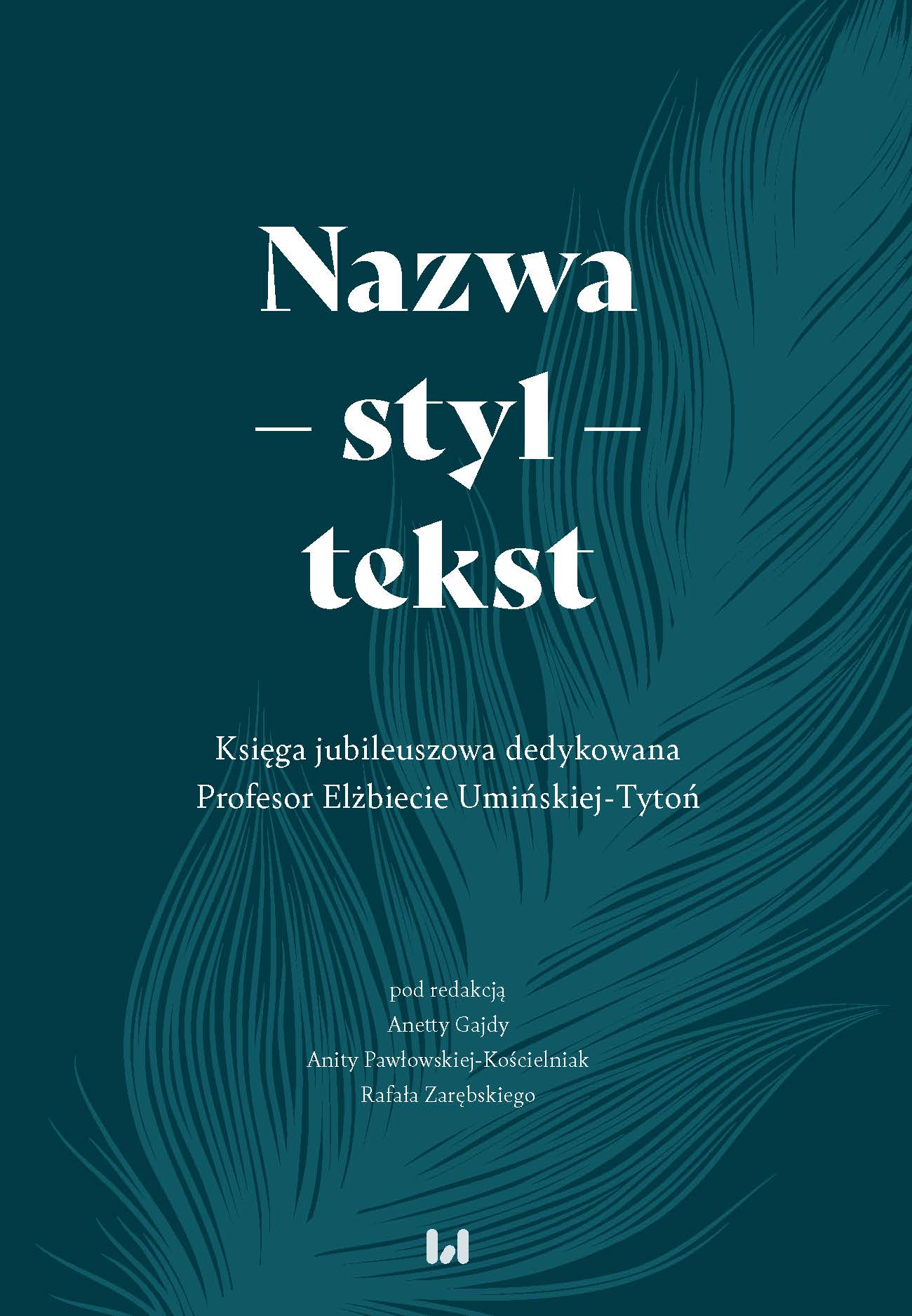Polaryzacja semantyczna odpowiedników hebrajskiego rdzenia qrn (Ex 34:29–30,35) w polskich renesansowych przekładach biblijnych
Semantic polarization of the equivalents of the Hebrew root qrn (Ex 34:29–30,35) in Polish Renaissance biblical renderings
Author(s): Tomasz Lisowski
Subject(s): Language and Literature Studies, Theoretical Linguistics
Published by: Wydawnictwo Uniwersytetu Łódzkiego
Keywords: Polish Renaissance Old Testament renderings; Catholic renderings — the Leopolita’s Bible (1561); the Jakub Wujek’s Bible (1599); Protestant renderings — the Brest Bible (1563); the Gdańsk Bible (1632)
Summary/Abstract: The Hebrew root qrn appears in the Hebrew text of the Old Testament. Its meaning depends on the context. In most biblical verses it is vocalized to the denominative form qeren and means ‘a horn’. In Ex 34:29–30,35, according to the Judaic tradition, it is vocalized to the verbal form of qaran ‘to send out rays’. However, in the Latin Vulgate its equivalent in those verses is the lexeme cornutus ‘horned’, which corresponds to the Hebrew form of qeren. Polish Renaissance biblical renderings can be divided into two groups due to the translational basis. Catholic renderings, i.e. the Leopolita’s Bible (1561) and the Jakub Wujek’s Bible (1599), were based on the Vulgate. The Protestant renderings, i.e. Evangelical renderings — the Brest Bible (1563) and the Gdańsk Bible b y D aniel M ikołajewski ( 1632) a nd t he A nti- Trinitarian renderings — the Bible by Szymon Budny (1572), were based on the original Hebrew text. The choice of the translational basis resulted in the image of the horned Moses’ face of Moses (i.e. Pol. rogata twarz Mojżesza) in Catholic renderings, and the image of the radiating face of Moses (i.e. Pol. promieniująca twarz Mojżesza) in Protestant renderings. Such a Catholic vs. Protestant semantic and imaginative polarization persisted in the Polish cultural space until the second half of the 20th century, that is, until the new Catholic rendering of the Bible from the original languages appeared, i.e. Biblia Tysiąclecia [the Millennium Bible] (1965). From then on, regardless of the religious tradition, Moses’ face shines in the Polish imaginary sphere.
Book: Nazwa – styl – tekst. Księga jubileuszowa dedykowana Profesor Elżbiecie Umińskiej-Tytoń
- Page Range: 247-265
- Page Count: 19
- Publication Year: 2023
- Language: Polish
- Content File-PDF

